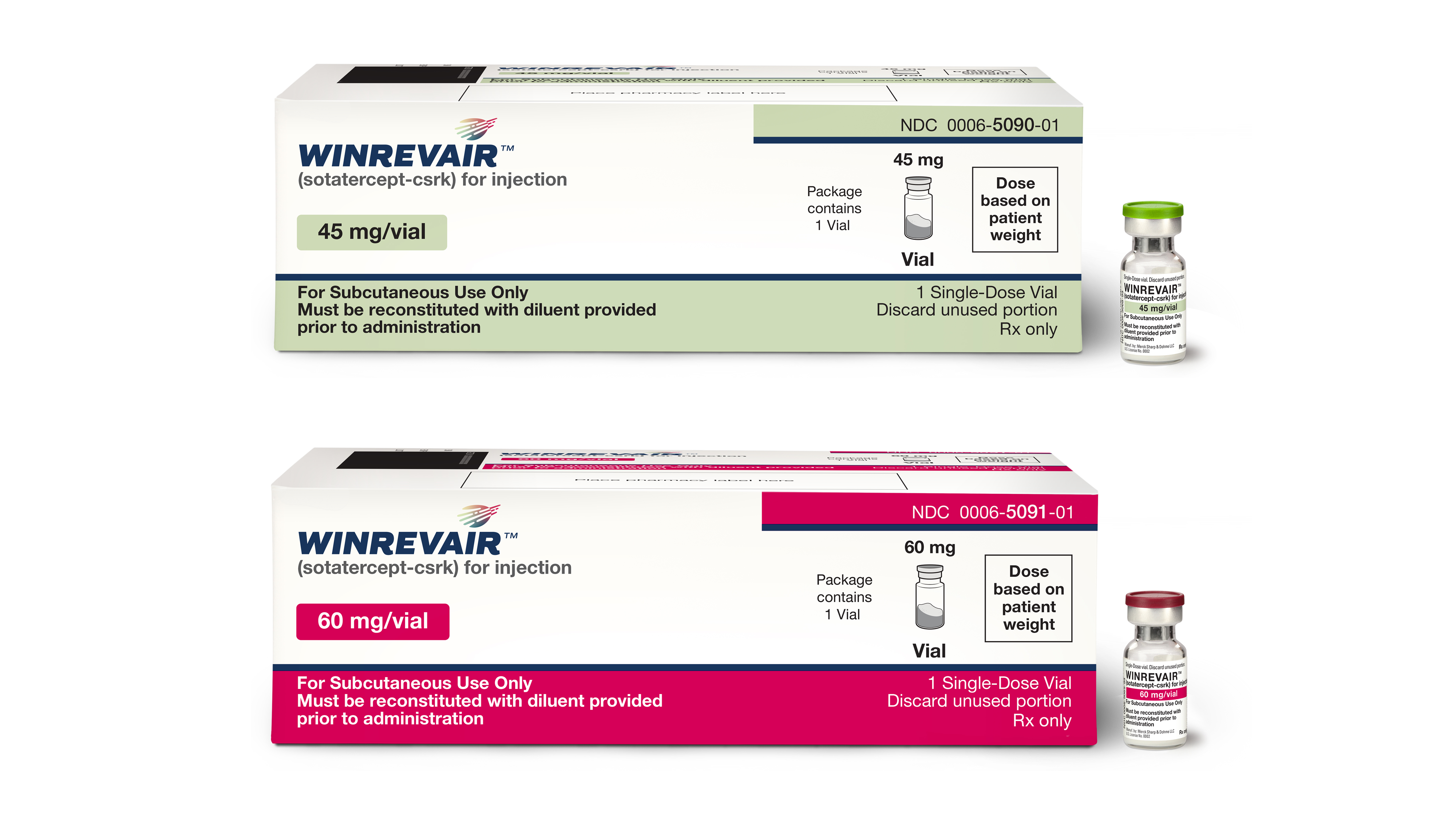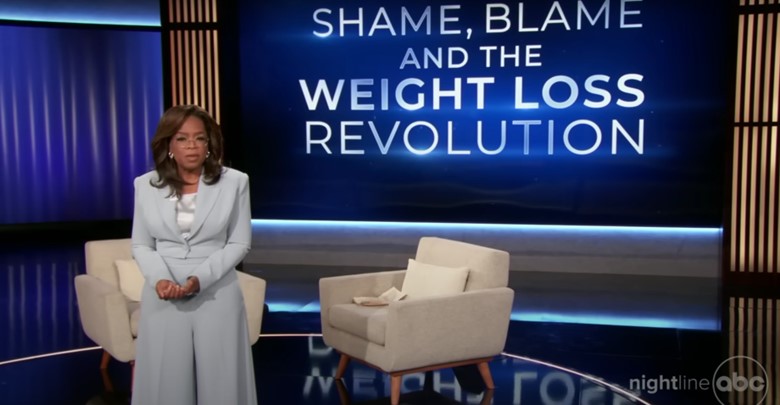According to the Institute for Clinical and Economic Review (ICER), a non-profit organization which performs cost/benefit analyses for new medical products, the $850,000 price tag for Spark Therapeutics’ new gene therapy, Luxturna, is about four times higher than it should be. The drug stops disease progression in young patients with a specific form of inherited blindness, however the ICER analysts say a lack of long-term efficacy data for the gene therapy mean it’s currently overpriced.
Luxturna was just approved by the FDA in December. Its current list price makes it the most expensive drug on the market, however ICER’s recent report suggests a price between $153,000 and $217,000 would be more cost-effective, all things considered.
“While the evidence is clear the therapy improves vision for patients over several years, the long-term duration of this benefit remains unknown,” said Dr. David Rind, ICER’s chief medical officer. “Assuming a 10- to 20-year period of benefit, at list price the treatment does not meet standard cost-effectiveness thresholds, even after accounting for the broader societal benefits improved vision has on productivity and education costs.”
So how did ICER reach their cost-effective price range for Luxturna? Based on available data, their analysts estimated that a 15-year-old patient with a confirmed RPE65 gene mutation could expect between 10 and 20 years of vision improvements after being treated with Luxturna gene therapy. While this would have benefits for both the patient themselves and the healthcare system as a whole, ICER still concluded that the $850,000 one-time list price isn’t cost-effective.
Interestingly, when the analysts considered the cost-effectiveness of treating three-year-old patients – 12 years younger than the average patient enrolled in clinical trials of Luxturna – they found the current price tag would meet its thresholds. However, this estimate assumed that the benefits of the gene therapy would be consistent throughout the entire life of the patient.
“The high cost makes this unlikely to be a cost-effective intervention at commonly used cost-effectiveness thresholds, except for the younger population from a modified societal perspective,” wrote the authors of the ICER report. “However, for ultra-rare diseases, decision-makers in the US and in international settings often give special weighting to other benefits and to contextual considerations that lead to coverage and funding decisions at higher prices, and thus higher cost-effectiveness ratios, than applied to decisions about other treatments.”
Spark is working with payers to negotiate outcome-based pricing for Luxturna. These deals could allow insurance companies to seek rebates if patients only benefit from the gene therapy for a short amount of time.












Join or login to leave a comment
JOIN LOGIN